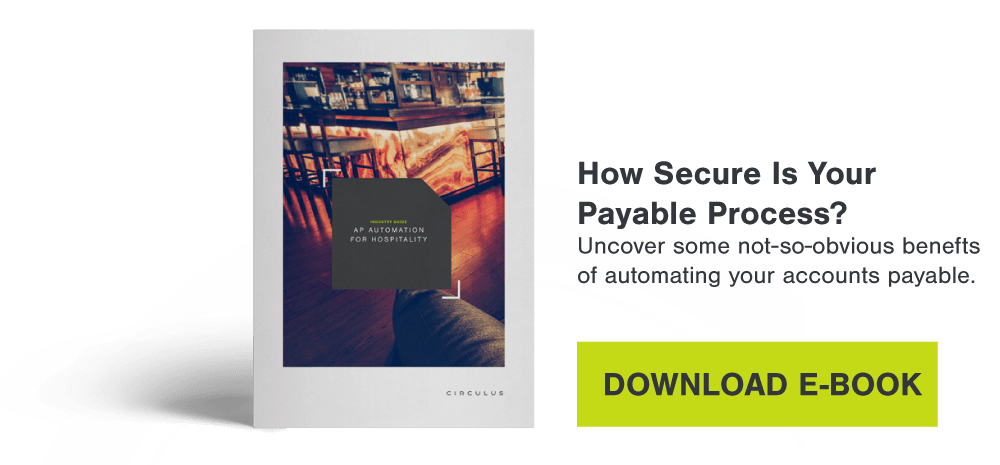A lot goes into something as simple as paying a supplier. Within in the rapid pace of checking in and inspecting deliveries for quality, quantity, and accuracy, submitting invoices can easily go overlooked. Add into the mix multiple locations, each with their challenges and priorities; you can see how quickly this seemingly simple process can escalate.
Luckily, technology and the cloud can come to the rescue.
By utilizing workflow and business rules, virtually all of the processing overhead can be minimized, if not eliminated. This also removes mistakes or noncompliance with internal invoice routing and processing policies – it is enforced digitally and can be modified as needed by assigned company administrators only. Some of the more common uses of systems and workflows offered by AP automation platforms include:
- Multistep approvals
- Individual approval thresholds
- Exception handling workflow
- Recurring payment scheduling
- Digital PO matching
Remove Location-Level Payments
If your company operates multiple locations, bringing the AP function into a consolidated corporate role can make a significant impact. Which locations keep up with their payables and which fall behind? Do some properties frequently incur late payment penalties while others receive early payment discounts? Are all locations using approved suppliers? Unless you have a centralized view of payables activity, it can be difficult to tell. By consolidating into a single cloud payables platform, you can remove the need for locations to manage their payables, in favor of merging it into a focused company-wide function. This helps find areas of improvement, identify possible cost savings, and illustrates where additional employee training may be needed.
Accurate Attribution
Many in the hospitality industry struggle with adequately coding expenses and tracking financial performance. By integrating with accounting software, AP automation tools provide the data needed to ensure that your organization correctly codes supplier payments, across all operating units and/or locations. For food service companies, this could require coding invoices at the line level across a variety of operating classes such as party food, hot buffet or full service catering items. For those in resort management, it gets even trickier when line item detail is required across multiple operating units such as housekeeping, marketing, F&B, and facilities.
Remove Friction
Maintaining a positive working relationship with suppliers and service providers is not only good business but can also minimize distractions in your daily routine and avoiding the cessation of services. When your focus is on keeping patrons happy, the last thing you need is to find yourself in a panic to find an emergency replacement of a critical supplier. Imagine the impact this could have on offerings such as menu specials, event-themed cocktails or heavily promoted amenities or limited-time services.
One way to keep things running smoothly is to make sure your vendors are consistently paid on time. That can be more easily said than done, but developing a frictionless workflow can make a world of difference.
Having access to data at the moment needed is crucial. However, so is having this access where it’s needed. Busy hospitality managers are not tethered to their desk and can be hard to track down when timely action is required. It’s a daily mad dash between front and back-of-house, or between or even across multiple geographical locations. However, while this is the nature of the profession, suppliers expecting payment do not wait for you to slow down. From virtually any device with wifi capabilities, you can access the data of every one of your locations or lines of business with a few mouse clicks or taps on a mobile device. Not only that, payment reminders and reporting provide selected users with the ability to identify laggards in the process and make adjustments as necessary.





